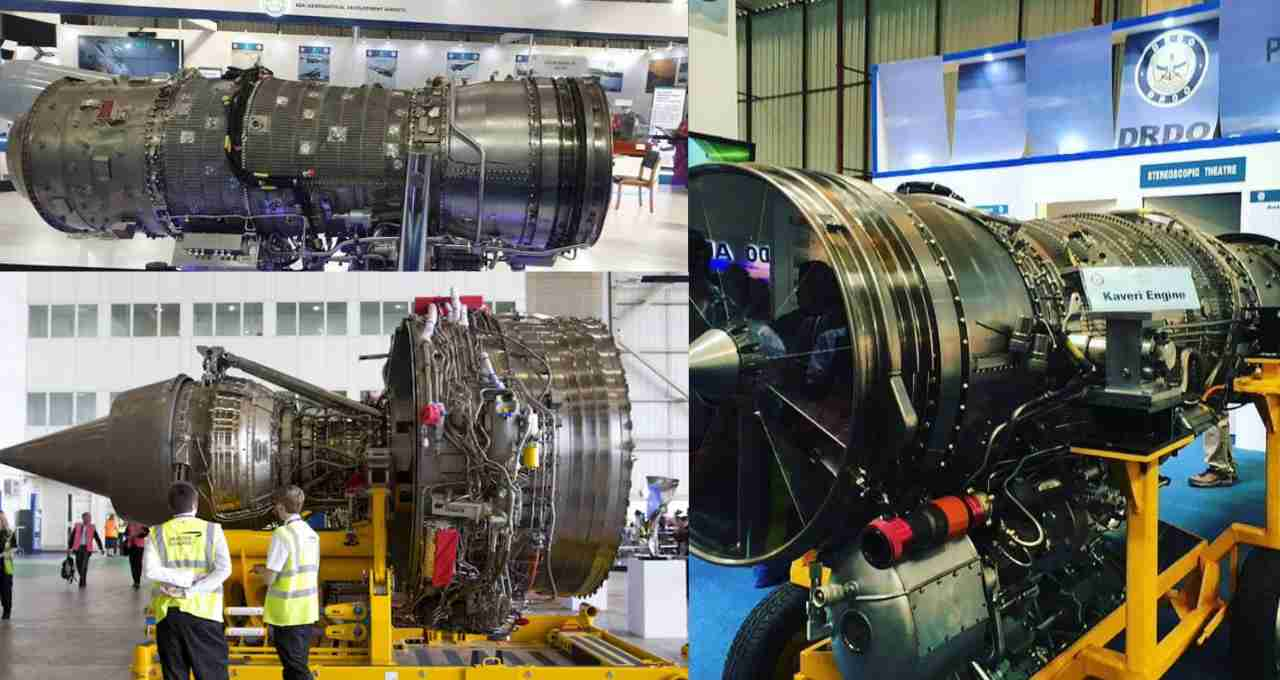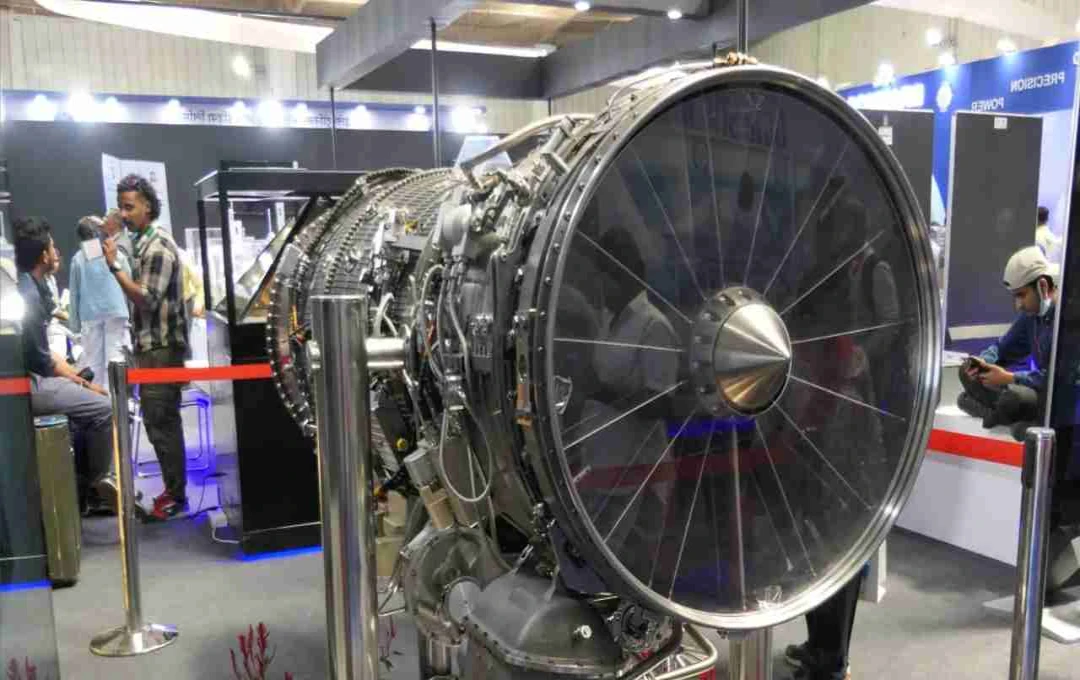India's Kaveri Engine Project, ongoing since 1980, is a domestically developed fighter jet engine intended for use in Rafale and fifth-generation jets. The hashtag #FundKaveriEngine is rapidly trending on social media.
Kaveri Engine Project: India's Kaveri Engine Project is currently under significant discussion as it represents a major step towards indigenizing the nation's defense technology. Launched in the 1980s, the project aimed to develop a domestically produced turbofan engine crucial for India's fighter jets.
Specifically designed initially for lightweight fighter aircraft like the Tejas, its scope has expanded to include fifth-generation fighter jets. If successful, the Kaveri engine could become a robust alternative to engines currently used in foreign fighter jets like the Rafale.
Inception of the Kaveri Engine Project

The Kaveri Engine Project commenced under India's Defence Research and Development Organisation (DRDO) in the 1980s. Its objective was to create an 81-83 kN thrust turbofan engine suitable for integration into fighter jets such as the Tejas. India sought to develop this engine entirely domestically to eliminate reliance on foreign engine suppliers. The project's responsibility was entrusted to DRDO's Gas Turbine Research Establishment (GTRE).
Challenges Faced by the Kaveri Engine Project
The project encountered numerous technical and financial hurdles. The most significant challenge was the development of advanced aerothermodynamics, control systems, and robust materials. Furthermore, India's reliance on Western nations for essential equipment and materials became problematic due to sanctions imposed following nuclear tests. Funding shortages and a lack of high-quality testing facilities within the country also impacted the project, resulting in several delays in the Kaveri engine's development.
Recent Achievements and Technical Specifications
Recently, the Kaveri engine achieved success in dry variant testing, strengthening its technological standing. A key feature of this engine is its flat-rated design, which minimizes thrust loss under high-temperature and high-speed conditions.

It also incorporates a twin-lane Full Authority Digital Engine Control (FADEC) system, providing precise and reliable engine control. A manual backup is included for enhanced safety in emergencies.
Significance of the Kaveri Engine for India
If the Kaveri engine performs to its full potential, it could revolutionize India's defense technology. It would offer a b alternative for fighter jets like the Rafale and provide a crucial engine for future fifth-generation aircraft such as the AMCA. This would enhance India's self-reliance in the defense sector, reduce dependence on foreign suppliers, save on defense expenditure, and bolster the nation's strategic capabilities.
Social Media Demand for the Kaveri Engine Project
The project is trending on social media under the hashtag #FundKaveriengine. People are urging the government to provide increased funding and resources to accelerate the project's completion. This highlights the growing enthusiasm and expectation among citizens regarding indigenous defense technology.













